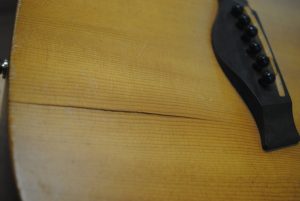
Why Humidify Your Guitar or Stringed Instrument
Humidifying a stringed instrument will help prevent cracks and eliminate buzzing strings during dryer, months of the year. Figure one above
It is the nature of wood to absorb and release moisture from and to the air. You may have noticed a house door that sticks during certain times of the year. This is from the door and door frame taking on moisture and as a result expanding enough to cause edges of doors that once had plenty of clearance, now stick on a door frame.
It is no different with stringed instruments. The wood of your guitar, mandolin, banjo, etc. actually “moves” as it’s moisture content changes. This movement results in the string height above the fingerboard changing and in some cases, cracks developing in the body of the instrument.
String height changes are most evident during dryer winter months of the year when the body behind the bridge lowers slightly, and a straightening neck results in strings lowering enough to start buzzing on one or more frets. You may also find that fret ends may stick out as the wood around the metal frets shrink.
Dryer months are also when cracks occur (Figure 1) and center seams open. The sides and back of most acoustic instruments are thin and when coupled with imperfections in the wood grain, cracks may develop during dry weather This week, a customer brought a Martin D-28 into the workshop for a set-up. When removing the instrument from the case, we found a four-inch crack in the rosewood back in which he had been unaware. About an hour’s worth of work took care of the crack, but it may have not been needed if the instrument had been humidified.
How Much Humidity is Needed
Beckwith Strings keeps the relative humidity (RH) around 45%-53%. This is the mid-range for RH in the general environment and ensures that when our instruments make it to the “real world” environment, they will be less likely to exhibit the issues described above.
Your instruments will do quite nicely if you can keep them in a room with a relative humidity over 40%. However, a humidified room may not be realistic for some so an alternate solution is to keep it in a case with a humidifier.
DIY Case Humidifiers
There are plenty of case humidifiers on the market. There are also a number of ideas for DIY ideas on the internet if you’d like to search them out. Here are two ideas from Beckwith Strings customers. The first uses a sponge in a soap case glued in the headstock end of the case of his 1951 Gibson L7 archtop guitar. The soap case holds a wet sponge. Holes are drilled into the top of the soap case to allow moisture into the guitar case.
The second solution uses “water pearls” normally used in flower vases. A plastic container (aspirin container, etc.) with holes in the bottom. A small sponge is the bottom and the water pearls sit on top of the sponge (the other end is capped). I like this particular solution as the water pearls (soaked prior to use) hold quite a bit of moisture so it will take a long time to dry out and need to be re-wetted.
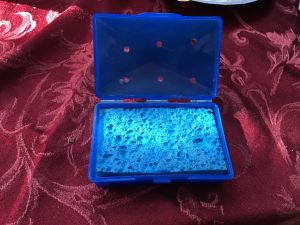
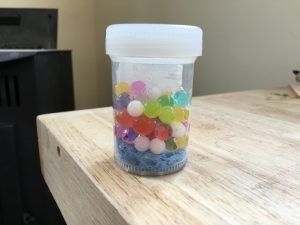
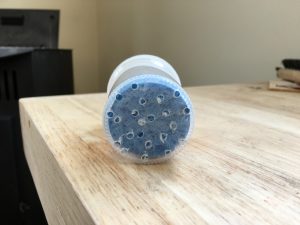
Make a Note…
Out of sight, out of mind. The big problem with case humidifiers is they have to be re-wetted. An even bigger problem is to remembering to do so. Since you’re reading this blog on-line, I’ll go out on a limb and assume you have a device that has a calendar that allows you to set regular reminders…
So there you have two solutions. If you’ve other ideas, or techniques, we’d love to hear them.
Steve
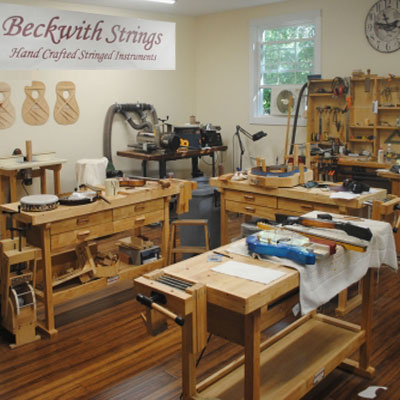 Steve Beckwith has handcrafted over one hundred acoustic stringed instruments to address the need of musicians unable to find the exact sound from mass manufacturing instruments.
Steve Beckwith has handcrafted over one hundred acoustic stringed instruments to address the need of musicians unable to find the exact sound from mass manufacturing instruments.
Leave a Reply